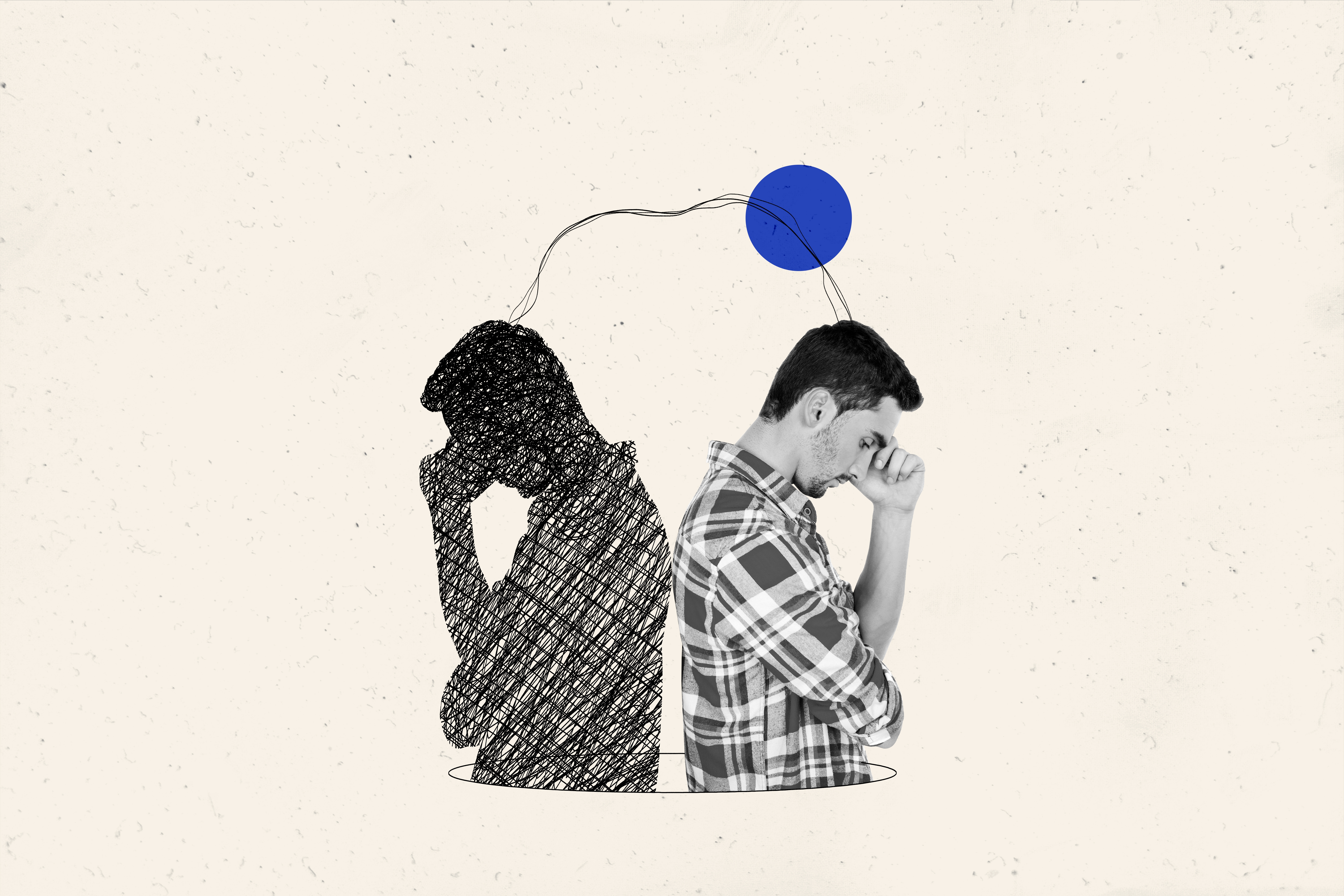When I have a client in my office who is experiencing depression, there are certain ways a client is describing their depressive symptoms when I think EMDR would be most beneficial. Clients will describe frustration by being told by others “you have such a great life, you shouldn’t be depressed. You have so many wonderful things going on”. My clients know these people mean well, but they get frustrated that people don’t understand depression. A common definition my clients will use when describing depression is that it is not understanding you have something to live for, it is knowing you should feel differently.
Some individuals who heal depression are able to because they have developed an understanding of what to live for and they are able to embody this new understanding of life. Some ways this can happen is through great cognitive behavioral therapy (CBT), impactful dialectical behavior therapy (DBT), creating a self-care routine or cultivating a daily appreciation practice. When these approaches or something similar doesn’t work, I have found EMDR to be the missing link.
EMDR Can Be Used In Multiple Ways To Treat Depression
When using EMDR with clients who are experiencing depression, we identify the factors that may have contributed to the depression by looking at the potential causes and then work on those specific memories or events. Examples of these memories or events might include a death of a loved one or pet, a continuously degrading boss, getting out of an abusive narcissistic relationship, sexual abuse or assault, or a neglectful parent/caregiver while growing up, etc. These memories can range from negative events to intense traumatic experiences. How life experiences impact individuals and how they get stored in the brain varies from one individual to the next. One person may have an extremely traumatic past but doesn’t have depression while another individual faces a negative event and that has a lasting depressive impact on them.
In EMDR, when a therapist says working on specific memories or events, that means processing an event with bilateral stimulation. EMDR is a type of psychotherapy that helps individuals work through heightened emotions or traumatic experiences by combining elements of exposure therapy, cognitive behavioral therapy (CBT), and bilateral stimulation. Sometimes these difficult, traumatic, or emotional heightened experiences haven’t been processed in a healthy way, leaving individuals to experience depressive symptoms.

Bilateral stimulation is thought to mimic the rapid eye movement we experience during sleep. This engages both sides of the brain at once, which allows the client to develop new thoughts, feelings, and reactions around targeted memories. Bilateral stimulation can consist of eye movements (following lights on a horizontal bar right to left, left to right) rhythmic, alternating pattern of hand-held buzzies, or auditory sounds with headphones (sounds usually consist of a beep or a click).
There is a lot of variety when working with bilateral stimulation. Some clients choose to use all three forms of bilateral stimulation at once, while some clients may only use one at a time. Some forms of bilateral stimulation seem to work better with some distressing memories than others. Clients also choose how much bilateral stimulation is done within a 60 or 90 minute session. Some sessions consist primarily of bilateral stimulation while other clients want to talk about the different “ah ha” moments and new connections that are forming from the bilateral stimulation. Every client is different. We find the best approach that works for each client.
Identifying Negative Core Beliefs That Are Fueling The Depression

With negative core beliefs, I usually find myself in two different clinical situations with my clients. The first one being with clients that are unaware of what a core belief system is or what a negative self-defeating thought would be. The second situation is where clients know exactly what their negative cognitions consist of, either through self-identification exercises on their own or through great therapy, but they still can’t lessen or remove the negative core belief system.
Examples Of Negative Core Beliefs:
- I am not lovable
- I am permanently damaged
- I am never enough
- I deserve only bad things
- I am insignificant
- I am worthless
- I am different
- I am a disappointment
For clients who are learning what a core belief system is, I spend some time educating them on what it is, the many different ways it impacts us internally and externally, how this changes the world around us, and other factors that may not be considered. It is important to understand what a core belief system is on many levels.
For clients who are first learning about negative cognitions, I provide a list of examples if the client is having a hard time identifying them. I have tailored lists to address those self-defeating thoughts or core belief systems for depressive symptoms.
Once negative core beliefs are identified, the client can distinguish which memories or events have helped formed this belief system over time. When finding which memories to process using bilateral stimulation, key things to consider are the first memory of having this feeling, which memories feel emotionally charged, which memories feel like they are still happening even though they happened in the past, and which memories can you feel in your body.
An example of this would be identifying the negative core belief system of “I am insignificant”. The client identifies ongoing memories of a childhood where their parents met their physical needs but neglected them emotionally and didn’t spend much time with them. A repeated thought was “If my parents won’t notice me, who will?”.
This negative core belief system has now impacted this client as an adult both personally and professionally. The client doesn’t have meaningful relationships because they feel insignificant all of the time. The client doesn’t pursue career goals or aspirations because they think their colleagues will find their contributions insignificant. This has led the client to being isolated, falling into a deep depression.

Once these negative memories have been processed with bilateral stimulation, the client would have new connections and “ah ha” moments around these negative childhood experiences. The client would gain new insights about being a significant person and start building confidence. As the client builds on this internally, the external world starts to shift in a positive and meaningful way by pursuing career goals and establishing meaningful relationships.
Are you experiencing depression and curious if EMDR could help? Contact me today for a free phone consultation utilizing my online scheduler or calling me at (860) 920-7070. You can ask me any questions you may have about my depression treatment practice online and in Simsbury, CT.


